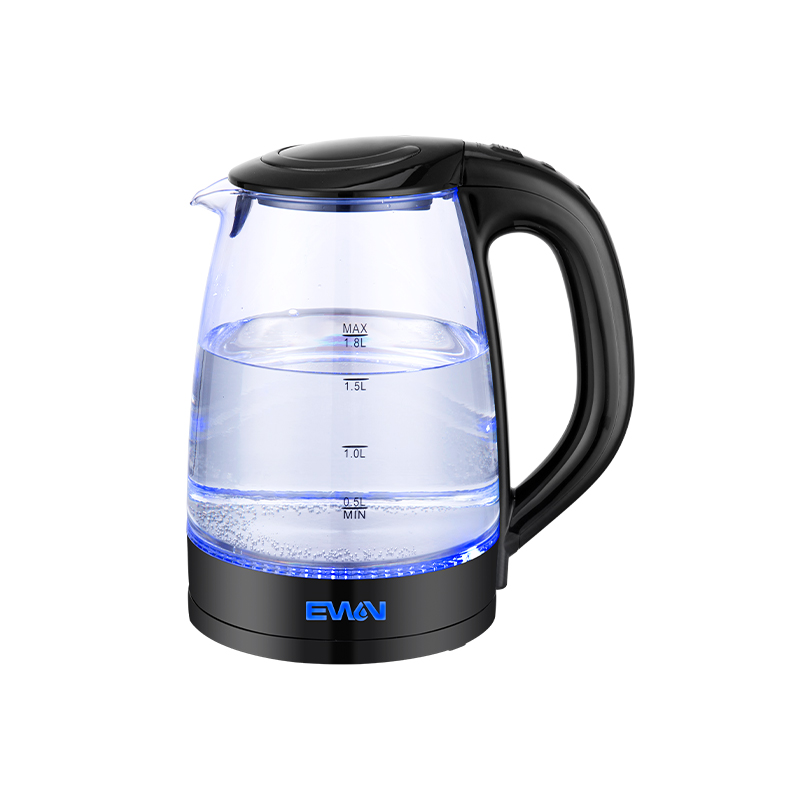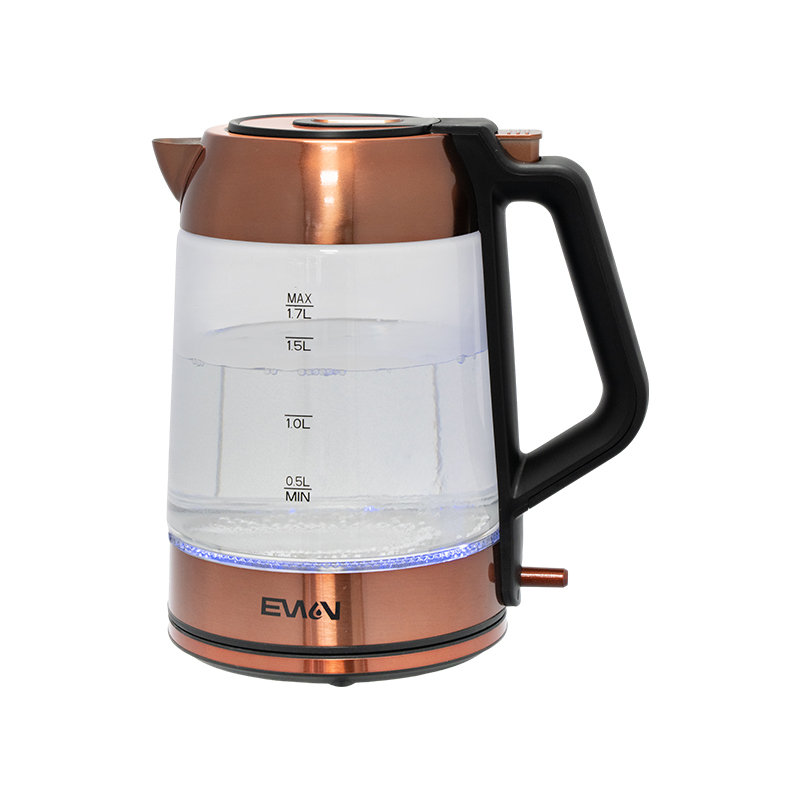+86-18667862027
Web Menu
Product Search
Exit Menu
Is the slush machine easily disassembled for cleaning?
Introduction to Slush Machines
Slush machines, commonly found in convenience stores, cafes, and restaurants, are popular for making chilled, flavored beverages. These machines use a combination of ice and liquid to create slushy drinks, offering a refreshing option for consumers, especially in warmer climates. To ensure that the slush machine functions properly and produces high-quality beverages, regular cleaning is essential. Given that these machines come into contact with sugary syrups, water, and ice, which can accumulate inside the machine and potentially cause bacteria growth, cleaning them regularly is important for both hygiene and maintenance. One of the common questions about slush machines is how easy they are to disassemble and clean, as this directly impacts the efficiency of the cleaning process. This article explores how slush machines are designed for cleaning, the process of disassembly, and how ease of maintenance contributes to the machine's longevity and performance.
Design Considerations for Cleaning
Slush machines are designed to be user-friendly, but the ease of cleaning can vary depending on the make and model. Typically, slush machines have several key components that need to be cleaned regularly. These include the mix hopper, the agitator, the evaporator coil, the cooling system, and the dispensing area. While the interior components come into contact with liquids, the exterior should also be wiped down frequently to maintain cleanliness. The design of the machine plays a major role in how easy it is to disassemble and clean these parts.
Many modern slush machines are designed with removable parts that can be easily accessed for cleaning. For example, some machines feature detachable hoppers and stirring mechanisms that allow for simple access to areas where syrup or ice may build up. These designs help reduce the amount of time and effort needed to clean the machine, making it more efficient for commercial establishments where cleaning must be done quickly and thoroughly between shifts or at the end of the day. Additionally, some slush machines come with features such as self-cleaning cycles, which further simplify the maintenance process.
Disassembling the Slush Machine for Cleaning
Disassembling a slush machine for cleaning generally involves removing the primary components that interact with the slush mix. This process is crucial to prevent cross-contamination between flavors and ensure the proper functioning of the machine. Disassembly procedures can vary slightly depending on the manufacturer and model, but there are a few standard steps common across most slush machines. These typically include the following:
- Shutting Off and Unplugging the Machine: Before beginning the disassembly process, it is essential to turn off the machine and disconnect it from the power source to ensure safety during the cleaning process.
- Removing the Hopper: The hopper is where the slush mix is stored. In many models, the hopper can be easily removed by detaching it from the main body of the machine. Some models may have quick-release mechanisms to make this step even faster.
- Cleaning the Agitator and Mixing Mechanism: The agitator is responsible for keeping the slush mix moving and preventing it from freezing solid. This part must be cleaned thoroughly, as syrup and ice can build up on the stirring blades. Depending on the design, the agitator may need to be removed for cleaning or can be cleaned while still attached to the machine.
- Cleaning the Evaporator Coil: The evaporator coil is essential for the cooling process. It may require special cleaning, as ice can build up on the coils, reducing efficiency. This step often involves using a soft brush or cleaning agent to remove any ice or residue.
- Cleaning the Dispensing Area: The dispensing area where customers serve their slushes should be regularly cleaned to prevent spills or sticky syrup buildup. In some machines, this area can be removed or accessed easily for cleaning, while others may require a more thorough manual cleaning process.
- Reassembling the Machine: After cleaning all removable parts, the machine is reassembled. It's important to ensure that all components are properly aligned and securely attached to avoid leaks or malfunctions during operation.
Overall, the disassembly process for cleaning a slush machine is relatively straightforward, especially when the machine is designed with user-friendly features. However, it can take time and attention to detail to ensure that all parts are thoroughly cleaned and sanitized.
Benefits of Easy Disassembly for Cleaning
Machines that are designed for easy disassembly offer several benefits, particularly for businesses that rely on fast and effective cleaning to maintain operations. One of the key advantages is time savings. In commercial environments, time is a critical factor, and the faster a slush machine can be disassembled, cleaned, and reassembled, the less downtime there will be. Reducing cleaning time is especially beneficial in high-traffic establishments, where the slush machine is in constant use.
Another benefit of easy disassembly is improved hygiene. Machines that allow easy access to internal components help ensure that no part of the machine is left uncleaned. This reduces the risk of bacterial growth or mold formation, which is especially important for machines that come into contact with sugary syrups and ice. Additionally, machines that are difficult to disassemble may result in areas being missed during cleaning, creating hidden reservoirs of dirt and grime. With easy disassembly, operators can thoroughly clean every part of the machine, maintaining better overall hygiene.
Easy disassembly also promotes longer machine life. Regular cleaning prevents the buildup of sugar or ice, which can damage parts of the machine over time. Machines that are more difficult to clean may require more frequent repairs or replacement due to the accumulation of residue and wear on parts that were not adequately maintained. By keeping the machine in good condition with simple and thorough cleaning, the life span of the equipment is extended, leading to cost savings in the long run.
Self-Cleaning Features in Modern Slush Machines
Many modern slush machines come with self-cleaning features that can make the cleaning process even more convenient. These machines typically have a self-cleaning cycle that runs at the push of a button, allowing users to clean the internal components of the machine without the need to manually disassemble it. The self-cleaning function often involves the use of warm water and a cleaning solution, which is pumped through the system to rinse and sanitize the internal parts. This feature can help reduce the time spent on manual cleaning and improve overall hygiene.
While self-cleaning systems are convenient, they may not replace the need for regular deep cleaning. Over time, syrup residue and ice buildup can accumulate in areas that are not reached by the self-cleaning cycle, requiring manual disassembly for a more thorough cleaning. However, the self-cleaning function is still a valuable tool for maintaining cleanliness between more intensive cleaning sessions.
Cleaning Challenges and Considerations
Despite the advantages of easy disassembly and self-cleaning features, there are some challenges that users may face when cleaning slush machines. One challenge is ensuring that all parts are cleaned thoroughly, particularly in areas that are difficult to reach. For example, the evaporator coils or certain sections of the mixing system may not be easily accessible for cleaning, requiring the use of specialized brushes or tools to ensure that no residue is left behind.
Another challenge is the maintenance of the machine’s internal components, which can become worn or damaged over time due to frequent cleaning. Some slush machines are equipped with seals, gaskets, and other parts that need to be checked regularly for wear and tear. Neglecting these components during cleaning may lead to leaks, reduced efficiency, or even machine failure. It is essential for operators to follow the manufacturer’s guidelines for maintenance and cleaning to ensure that the machine operates effectively and safely.
Cleaning Ease of Slush Machines
| Feature | Traditional Slush Machines | Modern Slush Machines with Easy Disassembly |
|---|---|---|
| Ease of Disassembly | Requires manual effort to remove parts, often with tools | Quick release components for easy removal and cleaning |
| Self-Cleaning Feature | Not typically available | Available for automatic cleaning cycles |
| Time Required for Cleaning | Longer, with more manual involvement | Shorter due to automated features and easy disassembly |
| Maintenance and Longevity | Potential for missed spots, leading to more frequent repairs | Better hygiene and longer lifespan due to thorough cleaning |
| Hygiene | Potentially higher risk of bacterial buildup | Lower risk due to regular, thorough cleaning |
address
No.935 Qiye Road, Zhouxiang Town, Cixi City, Zhejiang Province, China
Sale’s Email
leila@nbewin.com
sales8@nbewin.com
sales9@nbewin.com
Copyrighte Ningbo Ewin Electrical Appliances Co., Ltd. All Rights Reserved.












